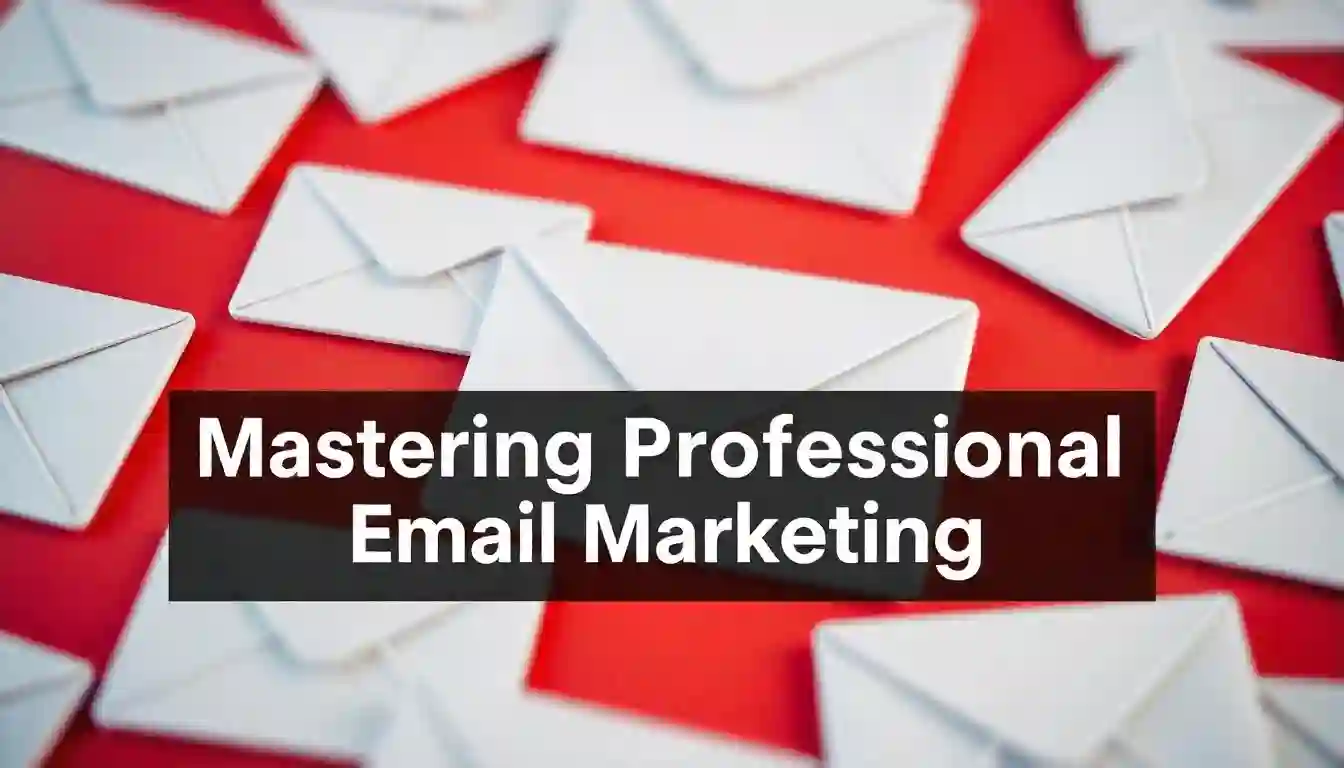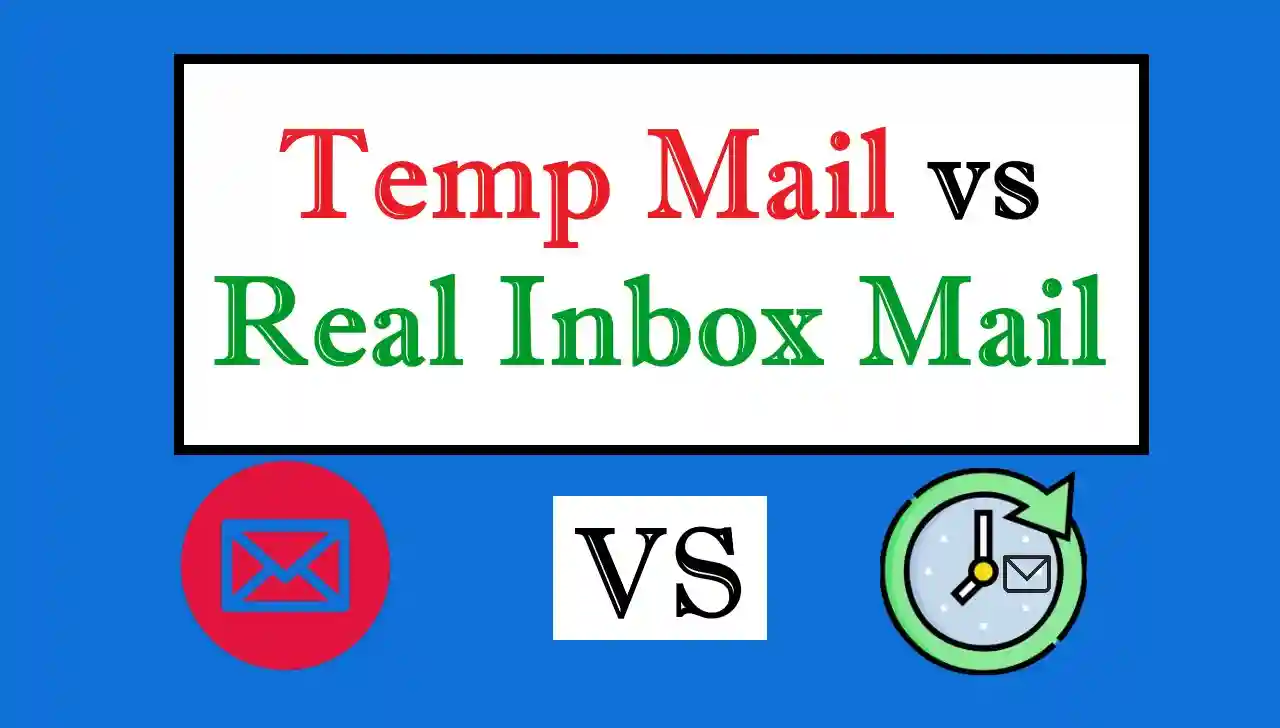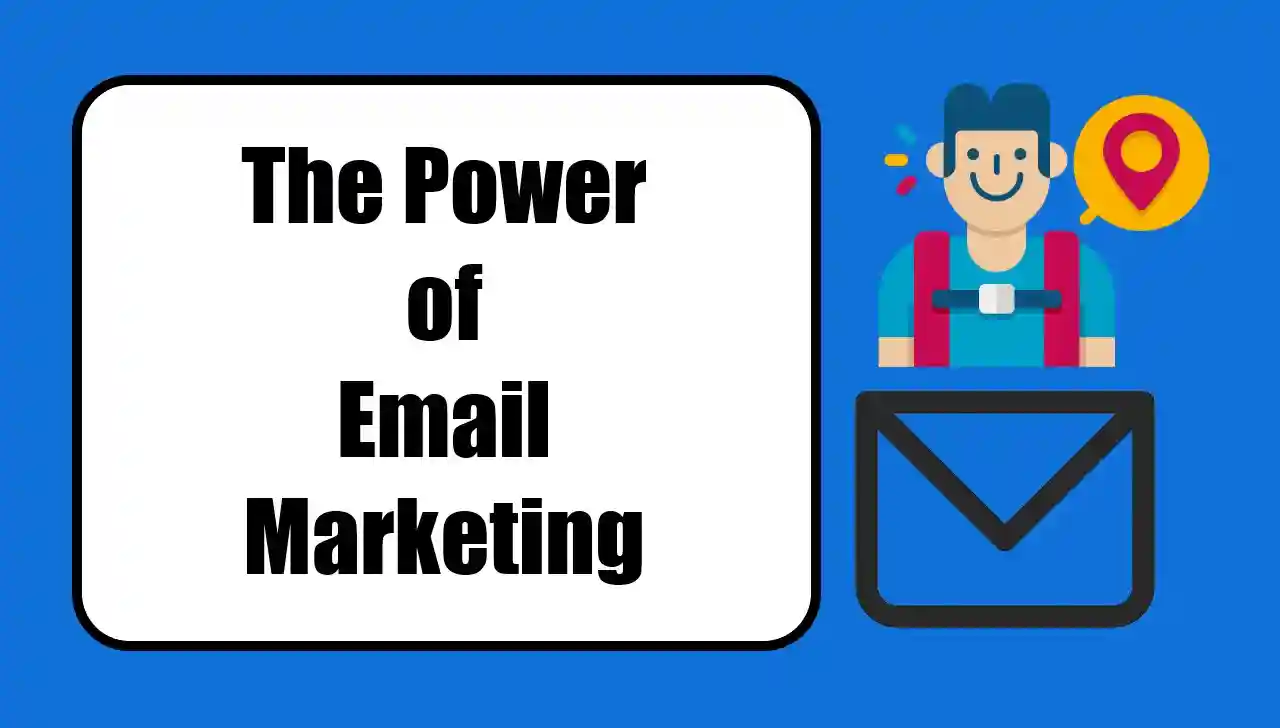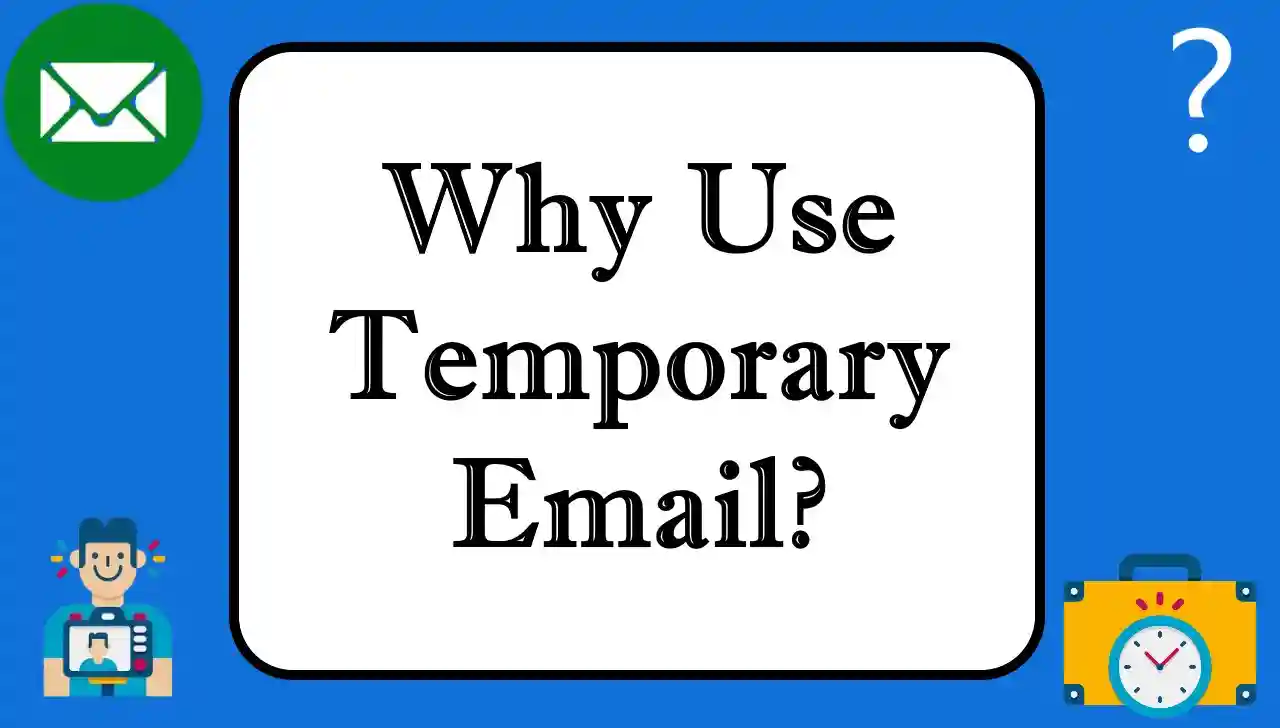Even in today’s fast moving, online world, professional email marketing is still an extremely cost effective and perhaps most impact option for businesses.
It should be easy to connect with your audience in a way that drives new leads, as well as sales without spending a dollar. This guide will have what you need if you’re trying to run tighter, more scripted email marketing efforts.
Email Marketing – How it’s Helping Big Game Change for Businesses
Email marketing is not about sending emails, although it is, but it is about creating relationships with your audience. Nearly 61 percent of customers want to stay in touch with companies through email, research shows.
For this reason, it is a trusted channel you can use to build relationships, give you real information and boost the number of conversions.
The best part? Email marketing doesn’t have inflated budgets. If we are unable to bend over backwards to achieve professional grade results, what if we could successfully reach professional grade results by applying smart strategies and understanding what your audience’s needs are?
Top Email Marketing Techniques
Let’s dive into proven techniques to take your email marketing game to the next level:
1. Don’t forget to send out a Welcoming Introduction Email.
The first impression matters. To get new subscribers on board, send them a beautiful warm introduction email that is immediately following the fact that they subscribed to your newsletter or signed up for your service. This is the set up of your relationship and your brand.
Key elements of an introduction email:
What your brand offers: You can create it no matter what you want to highlight, whether that be services or products, you can do that. What sets you apart: Give a spinoff of what you do that’s different from everyone else. A call-to-action (CTA): Get them to go and check out your website or follow you on social media. Example: "Hey, Welcome to [Your Brand Name]?!" Welcome aboard! We can help you get [specific goal] by doing this…
2. Craft Creative Subject Lines
Like it or not, the email subject line is your email’s first contact with your recipients and could make or break you as they choose to open and click (painfully)…or not. Make it:
Short and catchy: Use 50 characters in each place you can. Relevant and intriguing: May interest you, but keep you on topic. Action-oriented: Click on things that inspire.
Example: "Don't Miss Out: Exclusive Tips for Better Productivity!"
Additionally, throw in your company logo and branding in your email to create immediate recognition.
3. You Have To Deliver Clear And Concise Message
All of your emails should be brief and straight to the point. Readers should immediately understand:
Why you’re reaching out. What’s in it for them. Avoid lengthy paragraphs. Instead, your message should be organized in bullet points, headings and short and scannable sentences.
Pro Tip: Always end with a clear CTA, such as “Shop Now,” “Learn More,” or “Join Today.”
4. Optimize Email Frequency
Don’t get me wrong – consistency in email marketing is crucial, but there’s a difference between being regimented and doing too much. Plan your email schedule thoughtfully:
Weekly: You can send 5 emails a week to engage the audience without being too numerous for them. Monthly: Send 3 – 4 emails per month, and see if you get any traction.
Too many of your emails will be unsubscribed or marked as Spam by people. Watching the audience feedback and engagement stats will get you where you need to be.
5. Personalize Your Emails
The thing is that personalization is a long way! Instead of generic emails, tailor your content to the recipient:
Use their names: Add the name of the recipient in subject line or the greeting. Segment your audience: Once you have the list numbered, you then group by interest or ( if you only have two interests, by location ) or ( if you have email purchase history, by purchasing behaviour ). Speak directly to their needs: Solutions must speak to the unique needs to the people they’re trying to help. Example: "Hi [Name], we've handpicked these offers just for you!"
6. Avoid Spam Filters
To ensure your emails land in the inbox and not the spam folder:
Don’t include misleading subject lines. The clean and complete sentences in your email body. Get rid of it and don't add invalid email addresses. Steer clear of spammy language like “FREE!!!” or excessive use of symbols and uppercase letters.
7. You Can Test Your Campaigns with A/B Testing
There’s no better way than that to find out what your audience loves and what you don’t want to. Test variations of:
Subject lines. Email layouts. CTAs. For example, they can send two email versions to two parts of a portion of the list, to check open rates or click rates. Use this winning version inside your team meetings before you use it for the rest of your audience.
8. Use Email Automation Tools
Sometimes it’s just that we don’t have time to manage a manual email campaign. That’s where automation tools come in. Platforms like Mailchimp, HubSpot, or Sendinblue allow you to:
Schedule emails in advance. Personalize templates. Automate follow-up sequences. These tools help save time, guarantee on time delivery, and foster consistent method of communication with your audience.
Entering email marketing, protips.
To ensure long-term success with email marketing, focus on creating a robust strategy that incorporates these elements:
a. Set Clear Goals
But what is your goal for your email campaigns? Regardless if you want to earn sales, drive traffic to your site, or increase your subscriber count, you’ll require a defined strategy.
b. Design Emails that are Visually Appealing
When you’ve got a well crafted email, people catch on, they notice and stay interested. Use:
Professional templates. High-quality images. Consistent branding. Also, ensure sure that your emails can be viewed on mobile devices because most people are checking their emails on their phone.
c. Plan Multiple Strategies
It’s fine if you have a backup plan. If your plan (Plan A) doesn’t work, change it to Plan B or C and keep trying other things based on your performance data until your strategy narrows.
d. Common Email Marketing Mistakes
Even seasoned marketers can fall into these traps:
Overloading your audience: The Consequence of receiving too many emails are Unsubscribes. Neglecting your email list: Don’t forget to clean it regularly, to remove the inactive. Skipping analytics: You should always look to review metrics such as open rates and click through rates, to see how a campaign has been performing.
The Role of Email Marketing in Business Growth
Benefits of Email Marketing
Increase Sales: Personalised and targeted campaigns are driving conversions. Build Customer Loyalty: Communication that is consistent builds trust and long term relations. Reduce Costs: Email marketing is one of the most inexpensive digital marketing methods.
Conclusion
Unlike other forms of marketing, professional email marketing is something you can begin without spending tons of cash up front, but you still have to be strategic about what, how, and when. If you’re able to do so using the techniques presented here (personalized messaging, making email frequency work for you, using automation tools), not only will you save money but you will get huge results for yourself.
From knowing who your audience is, making interesting emails and sustaining a good balanced strategy. Not only will this increase your engagement but your business will grow significantly. Every email gives you an opportunity to touch someone and get some action, so use it!




